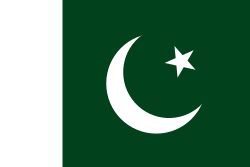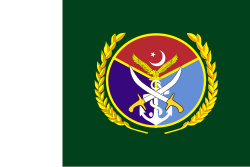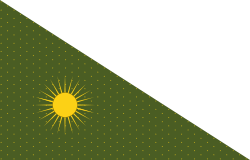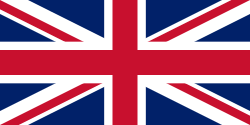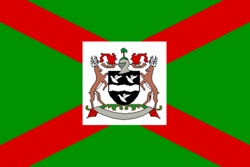| Flag | Date | Use | Description |
|---|
| Current Provinces |
|---|
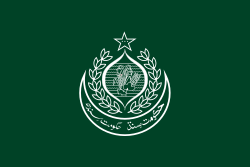 | 2005–Present | Flag of Sindh | A traditional green flag, with the provincial emblem in the centre. |
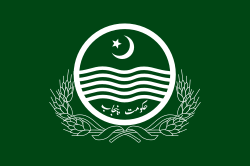 | 1970–Present | Flag of Punjab | A traditional green flag, with the provincial emblem in the centre. The emblem reflects Punjab's natural resources: its wheat, and the five rivers which give the province its name in Persian (from Punj = Five, Aab = Waters). |
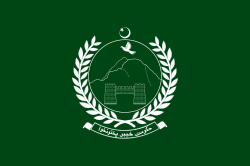 | 2011–Present | Flag of Khyber Pakhtunkhwa | A traditional green flag, with the provincial emblem on the flag shows the Jamrud fort which guards the Khyber Pass, and mountains in the back. |
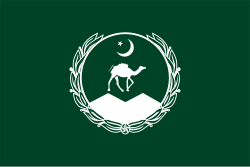 | 2005–Present | Flag of Balochistan | A traditional green flag, with the provincial emblem in the centre. The emblem shows stylised mountains of this barren province and the principal mode of transport: the Dromedary camel, also the provincial animal of Balochistan. |
 | 2011–Present | Flag of Gilgit–Baltistan | A traditional green flag, with the provincial emblem on the flag showing the Baltit Fort and the Skardu Fort which guards the Himalayas (including K2), the designated national peak in the back. |
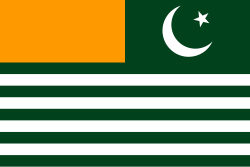 | 1975–Present | Flag of Azad Kashmir | The flag displays the Pakistani national colours, white and dark green, with a crescent and star to represent the Muslim majority, and a saffron square to represent the Buddhist, Hindu, Sikh and other minorities of the disputed region, the colours are clearly influenced by the Mughal Empire. The four white stripes symbolise the main rivers of the Kashmir region; Indus, Jhelum, Chenab and Ravi. It also represents the five geographic divisions of the disputed territory, Baltistan, Gilgit, Jammu, the Kashmir Valley and Ladakh. [1] |
| Former Provinces |
|---|
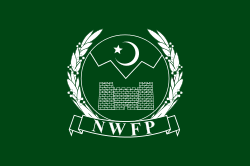 | 1901–1955 1970–2010 | Flag of North-West Frontier Province (NWFP) | A traditional green flag, with the provincial emblem in the centre. The emblem shows a castle and a crescent moon. Underneath it are the letters NWFP - abbreviation of the province. |
 | 2011–2018 | Flag of Federally Administered Tribal Areas (FATA) | A traditional green flag, with the provincial emblem in the centre. The emblem shows a castle and two swords. Underneath it are the letters FATA – abbreviation of the province. |
